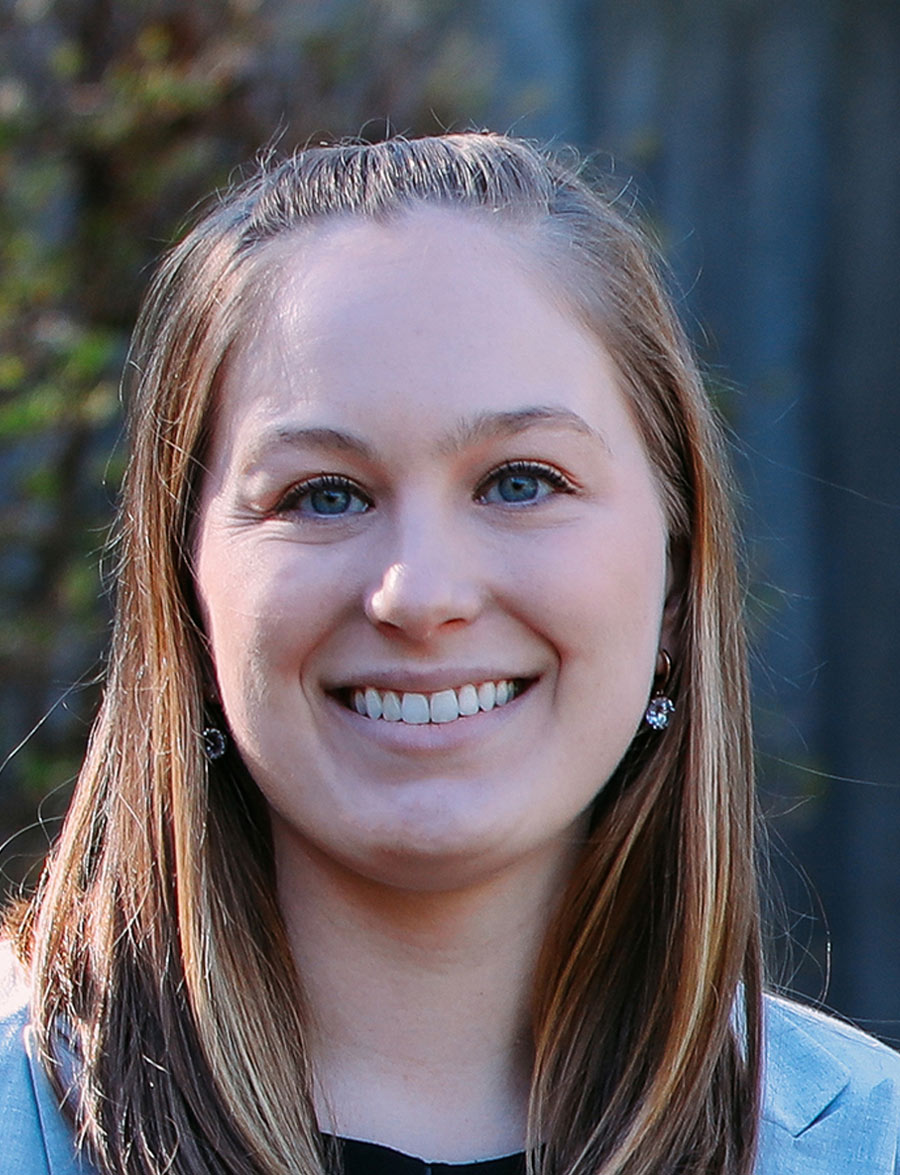
Rinker& Baker

Rinker& Baker

Rinker& Baker

Rinker& Baker
ince the onset of the COVID-19 pandemic, the construction industry has been in flux. Mandatory health and safety protocols, supply chain delays slowing down delivery of materials, and other problems combined to impact and delay projects nationwide. While the United States recovers from the pandemic, rising inflation has led to materials and fuel prices skyrocketing, which have further affected the construction industry.
With rising materials and fuel costs and continued uncertainty surrounding the pandemic and the economy, it is important that contractors are aware of legal concepts that may help recover costs incurred due to overruns, changed work, and/or delays. In addition to recovery under a force majeure clause/theory, quantum meruit and cumulative impact claims are two other potential sources of recovery. While both causes of action are applicable only in exceptional circumstances, they should be considered by contractors during and after construction when trying to recover losses suffered on a project.
- Beware broad change order and lien release language that waives claims and continuing costs—especially “impact costs” and “inefficiency costs”—or may even disallow recovery under quantum meruit;
- Raise and preserve your right for quantum meruit and/or cumulative impact costs (by reserving your rights in change orders and lien releases) as soon as practicable;
- Make sure to follow all contract procedural provisions to ensure compliance with notice requirements and to avoid unintentional waiver of cumulative impact costs or potential quantum meruit recovery; and
- Implement a routine practice of fighting for a provision in change orders and releases stating: “this does not waive rights to continuing impact costs and/or inefficiencies.”
In construction cases in Alaska, quantum meruit recovery requires a contractor to meet the following elements:
- The originally contracted work was materially changed, disrupted, and/or delayed by events for which the owner is responsible;
- The changes, disruptions, and/or delays were not within the reasonable contemplation of the parties;
- The effect of the changes, disruptions, and/or delays was to require extra work and materials or to cause substantial loss to the contractor.
All three elements must be met in order to recover. The second element can be a significant hurdle to overcome, as courts will look to the express provisions of the contract to determine whether the work in question is covered by the contract scope of work or could have been dealt with under the change order provisions. Even so, when substantial changes occur that the parties did not anticipate, contractors should consider a potential claim under quantum meruit.
In Alaska, equitable adjustments to the contract price can—and usually do—precede a cumulative impact claim. However, a cumulative impact claim can still arise after an equitable adjustment (or even multiple adjustments or change orders) if the extent of the project delay, disruption, or damages was unknown at the time of the adjustment. A major complication for contractors is that in most cases recognition of cumulative impact is often not appreciated until after change orders, which may provide for full and final compensation, are already negotiated and executed. The problem posed is that cumulative impact claims become much more difficult to recover upon if waived in previous equitable adjustments/change orders—especially if those adjustments and change orders extended far into the project.
When pursuing a cumulative impact claim, a contractor must persuade the court that a previous change order or equitable adjustment did not waive all future claims, including claims for impact costs. This hurdle is easier to overcome for change orders and releases completed in the early stages of a project, versus releases and change orders enacted closer to substantial completion. Even so, when a multitude of changes or difficulties have occurred during a project—no matter at what stage—contractors should always consider a potential cumulative impact claim for costs.
